- Popular Post

chub
-
Posts
59 -
Joined
-
Last visited
Content Type
Profiles
Forums
Downloads
Posts posted by chub
-
-
The next marine tragedy waiting to happen: Speed boats pulling parachutes operate dangerously close to swimmers near the shore at Karon Beach. Shouldn't these boats (i) operate at a safe distance from the shore - say 300 metres, (ii) be fitted with propeller guards and (iii) have at least two crew, one to look forward for swimmers and another to watch the parachute? A swimmer snorkelling with his head underwater is at great risk.
-
 1
1
-
-
-
- Popular Post
The Mayor omitted to mention that 'the pool' that forms as the effluent reaches the back of the beach is fed from two sources:
1. the outflow from Nong Han Lake
2. A drainage sewer that originates in the foothills and runs through Karon, in a conduit down the main street and emerging as an open ditch around Nong Han Lake.
At the time of the image, the tide appears to be about half height and the outfall of the lake is filled with water. The route of the open sewer is shown on the image as a red line.
The attached aerial view from December 2022 shows the black effluent from 'the pool' spreading along the beach in front of a big hotel. It's a frequent occurrence. In the rainy season the sewer is flushed continuously by rain water and is dissipated by the waves. In the dry season the 'sediment' accumulates in 'the pool' until it is flushed out by a rain shower in a high concentration, is slow to dissipate and more visible and smelly.
-
 4
4
-
Anyone familiar with Bangkok in the 1990's, before the urban railways were built, will recognise the strategy of 'self-limiting congestion' (or 'do nothing') that Phuket is now experiencing. It's the inevitable result of decades of propulation and income growth with no increase in transport capacity.
'Self-limiting' means that congestion was the main restraint on car use. When it might take several hours to drive a few kilometres only essential trips will be made.
In Bangkok, the government made no serious attempt to manage the gridlock at ground level and instead embarked on a strategy of building elevated roads and railways above the chaos. For various reasons, building new infrastructure is much more attractive than trying to manage the chaos which would have required intensive traffic management and enforcement. and restraints on car use.
Lacking capability and political will to manage traffic, and with severe constraints on building elevated highways, 'self-limiting congestion' in Phuket is now inevitable. The proposed new roads and LRT cannot provide significant relief while demand continues to escalate. As traffic density increases more junctions lock up and the installation of simple fixed-cycle traffic lights without vehicle actuation increases delays in every case .
The Governor clearly does not want to acknowledge these uncomfortable truths, and he resorts to token measures such as diverting main road traffic 'to small roads'. The consequences of such a strategy are very negative, spreading danger, noise, pollution and congestion to sois and residential streets and creating more junction conflicts.
-
 1
1
-
-
-
I got rejected three times this week, making minor adjustments each time. The fourth adjustment was to turn off the VPN and was approved.
-
I registered for expatvac on the first day (1st August) and received confirmation that my registration was successful.
But today I received the following message from expatvac:
"This is an auto-generated email. Please do not reply.After reviewing your registration, it can not be further processed due to lack of required visas.
Please note that this registration platform is ONLY for foreign residents in Thailand and are not Thai nationality.
If you are a migrant worker or work under MoU with the Ministry of Labour, please wait for further information from the Ministry of Labour.
Thank you for your cooperation and understanding.
Ministry of Foreign Affairs of Thailand
This is an automated message, please do not reply."I believe registration was rejected because when I uploaded my passport into the image box, it deleted the visa already uploaded. Many registrants reported this problem. MFA was aware of this problem and it would have required minimal intelligence for the MFA to request a copy of my visa.
Following the rejection I tried to register again using another email address. This was rejected in the following terms:
"Please fix the following errors:
- The combination "first name"-"Family name"-"XXXXXXXX" of Given name (English), Family name (English) and Passport number has already been taken."
This is a warning to other registrants who did not upload their passport and visa successfully. We are now blocked from registration with no recourse.
-
 1
1
-
- Popular Post
- Popular Post
Plastic bottles wash up every day on the west coast beaches during the south west monsoon. Yesterday I did a random survey of where they are coming from.
Half the bottles, including many of the furthest-travelled, lost their labels during their voyage so cannot be traced. Half the remainder with labels are from Thailand and nearby countries; Malaysia. Myanmar and Indonesia (Sumatra).
Here’s a selection of bottles from more distant origins to the west.
From left to right in the photo:
- Int’l Beverage Co. water, Maldives (3,000 kilometres to the west)
- Gold water Kerala, India (2,000 kms)
- Horlicks, Haryana, India
- Aqua water, Cochin, India
- Aloe Koma, Colombo, Sri Lanka (2,000 Kms)
- Kist juice, Colombo, Sri Lanka
- Blue water. Ho Chi Minh, Vietnam
- Kodomo Baby Powder Jakarta, Indonesia
- Indo Milk, Jakarta, Indonesia
- Splash water, Singapore
- Shwe Taw Win water, Myanmar
- Soy Nice Selangor, Malaysia
- Summer Water, Perak. Malaysia
- Qing xu water, China
I’ve previously seen bottles from Seychelles and South Africa.
Bottles are coming to Phuket from everywhere in the Indian Ocean to the west.
Conversely, plastic bottles depart from Thailand's Andaman coast westward during the NE monsoon November to April! Bottles that don’t get beached somewhere by April can be blown back to Thailand.
-
 4
4
-
 1
1
-
I am applying for a yellow housebook, partly because this will exempt me from future payment of the land and property tax on my condo. Kata Karon tessabaan is clearly reluctant to issue the yellow book and so is presenting a series of bureaucratic obstacles.
May I ask if anyone has recent experience of obtaining a yellow book in Phuket, particularly Kata/Karon.
-
- Popular Post
- Popular Post
You would think that 'The Nation' journalist would know better than to attach a photo of a Taiwanese airliner to an article about a flight from Guangzhou to Phuket.
-
 2
2
-
 1
1
-
 7
7
-
-
Just to confuse readers of this article, the photograph shows Karon Beach, where sand has been deposited on the beach in the last couple of years, doubling the width of sand.
-
 1
1
-
-
Anybody remember this idea from two years ago. Another bus proposal, unrelated to any plan, strategy or identifiable demand, Just somebody's brainwave, announced, a confused discussion, then forgotten. Transport needs to be PLANNED!
Sorry for the underlined text - I can't delete the underlining.
Free Phuket airport shuttle bus in the pipeline
Thursday 14 May 2015, 01:58PM
PHUKET: A new free shuttle bus service, provided by Airports of Thailand (AoT) and running from the airport to Saphan Hin, Karon and Rawai were disccused a meeting held on Tuesday (May 12) to update on management progress at Phuket International Airport.
President of Phuket Tourism Business Association, Sathirapong Na Takuatoong (in glasses) doesn't want to upset the taxis.
Speaking about the new bus service, Lawyer and political advisor, Sarayuth Mallam proposed that there should be three lines; first would be Airport – Bangtao – Kamala – Patong – Karon (Beach Front line). Second, Airport – Bang Ku – Chaofa West – Rawai and third a city line to Saphan Hin.
However, President of Phuket Tourism Business Association, Sathirapong Na Takuatoong said, “If we want to do the shuttle bus it shouldn't affect the earnings of other people. We might focus on the waiting time, if you want to travel cheap you have to wait maybe half an hour for a bus to be available. That will not take advantage out of the metered taxis.”
Deputy Director of Airport Of Thailand, Phuket Office, Second Lieutenant Thani Chuangchoo said, “That would mean that there would then be two types of airport bus, one is a shuttle bus and the another is the airport bus.
“With the shuttle bus, when passengers take the route to or from the airport the bus will only stop at designated points, but with the airport bus this will stop anywhere along the route to pick up passengers.
“I think the shuttle bus is more universal but passengers will need to show their boarding pass before using the bus because it will be free.”
Gov Nisit stressed that the shuttle bus is necessary to meet the needs of airport passengers.
Currently, there are two routes for the airport bus – Phuket Town line (nine rounds) and Kata-Karon (12 rounds). However, these are not operated by AoT
Sec Lt Thani said, “The airport bus can be remained in operation because it is another choice for locals. But we will not allow them to be a minivan because we already have a concession for that type of vehicle.”
Jaturong Kaewkasi of the Phuket Office of the Transport Department said, “Actually, the reason that we use minivans is because sometimes there are not enough passengers for a bus, and if we use a bus it will cost us more money.”
-
PKCD’s previous announcement last November, of an ‘island wide’ bus network included a detailed map of six routes radiating from Phuket Town, as far as north as end of the Bypass and as far south as Chalong Circle, but of course excluding any link to the west coast to avoid any incursion into the monopoly of the taxi-tuktuk cartels.
PKCD’s current announcement is for a single route between the Airport and Darasamuth (Central Festival/Homeworks). The proposed route is indicated only by broad arrows but it duplicates most of the current Airport Bus to Phuket Town route which, despite serving Phuket Town and onward truck-bus connections, carries very few passengers. Why then does PKCD want to operate a bus route that obviously has very little demand?
The proposed route also duplicates most of the light rail route so the one hour bus journey time will be extended by having to negotiate fifty kilometres of LRT construction works including six underpasses.
The strangest part of PKCD’s proposal is that “when travellers come from the airport, they can put their belongings at Homeworks and their luggage will be transferred directly to their hotel, so they can get straight to their holiday experience.” The holiday experience will therefore begin with negotiating onward transport, minus luggage, to the west coast resorts with the various taxi cartels that infest Central Festival or waiting for the unreliable and primitive local truck buses. If PKCD can transport the luggage to a hotel, why can’t they also transport the travellers to their hotel? We know the answer.
PKCD’s picture of the Mercedes Benz ‘Smart Bus’ to be used for the route is taken from a M-B promotion on ‘Motor Car Tube’ on the internet. It shows a left hand drive school bus which has a retractable ‘stop’ sign in English and Arabic. Perhaps PKCD has no idea what a high quality urban bus looks like!
PKCD’s proposal illustrates the very limited scope for public transport if it must avoid incursion into the entrenched monopoly truck-bus routes or the west coast taxi monopoly.
-
Actually, very few details of the light rail line have been published. Experience world-wide however shows that in almost all such systems costs are under-estimated and ridership overestimated, by huge margins.
Most rail passengers are formerly bus passengers, so conventional wisdom is that you only consider investing in light rail when the corridor already has a very high bus frequency. The Phuket LRT corridor, except for Thalang, Phuket Town and Chalong, has mostly low-density ribbon development along the highway – businesses which have located there to provide access by private vehicles. There are virtually no buses so all future LRT passengers must transfer from private and informal modes. This makes forecasting of demand little better than a guess, and the temptation for the proponents of the system to make unrealistic forecasts of demand is very strong. No estimates of demand, ridership, revenue and subsidy have been published.
Also, no details of the LRT alignment, stations and depots have been published. The LRT presents a dilemma: where LRT passes through narrow streets in Phuket Town, there is not enough road width to provide a segregated 2-way track: LRT must operate in mixed traffic and it will suffer delays at junctions even with signal pre-emption. Incursions by motor vehicles on the track, including pedestrians crossing the road will cause conflicts.LRT will need to operate at less than 20km/h in these areas.
No doubt, substantial demand from the airport is assumed in the passenger forecast. But LRT will be slow - average speed probably no more than 30km/h including stops, negotiating congested city streets and junction delays. It will take almost two hours from the airport to the terminus at Chalong. No details have been published of how passengers will continue their journey from Chalong. Failure to provide a rapid and seamless interchange to another mode at acceptable cost will obviously be a major deterrent to use the LRT system at all. Add another 30 minutes for the onward journey to Kata, Karon and Patong.
Relatively few tourists will use LRT, especially if the interchange at Chalong to the west coast resorts is not comfortable, reliable, cheap and direct to the hotel. The current airport van service takes tourists direct to their Patong hotels for THB 180, albeit with dangerous driving and a compulsory stop at a tour agency to suffer some ‘hard sell’ tours. An increasing proportion of tourists arrive on package tours and will be transported to their hotels by bus. Many flights from China arrive after midnight when LRT will not run. ‘Quality’ tourists and families will prefer the ‘limousine’ direct their hotel. Locals all have the option of private transport. It’s hard to foresee much demand from the airport. Just look at the empty Airport Buses to Phuket Town and the almost invisible “Airport Express” bus service.
So the headline of this article ‘details revealed of province’s Tramway project’ is very misleading. Very few details have been revealed of the alignment, road cross-sections, junction layouts and signalling, depots, interchange arrangements at both ends, passenger and revenue forecasts.
It looks very like a classic case of ‘build it and they’ll come.’
-
The Hotel Act (2008) requires any place that provides accommodation for less than one month in exchange for payment is defined as a “Hotel”, regulated by the Hotel Act, and requires a hotel license, but there are important exceptions.
Regarding short-term lets by condo owners, perhaps the Governor is not aware that (according to advice recently published by a prominent local law firm) a hotel licence is not required for any premises that:
1) have less than five rooms; and
2) cannot accommodate over twenty guests at a time; and
3) the income being earned for such is merely “additional income”,
In these cases a license is not required but the owner must report to such accommodation activity to the relevant local authorities.
Thus, operators who are providing rentals of less than 5 bedrooms for less than 30 days AND only for “additional income”, could comply with the Hotel Act by simply reporting their activity to the relevant local authorities.
-
Without wishing to detract from the heroic image projected by our lifeguard contractor, it's obvious to anyone who spends time on Karon Beach that the men who operate the parachutes, jet skis and mats and umbrellas are wearing the 'lifeguards' uniform shorts. They bring the 'No Swimming' flags into disrepute by arranging them to keep people out of the wide swathes of beach that they reserve for their operations. Either the lifeguards are doubling up as beach business operators or more likely, the beach operators are wearing lifeguard uniforms to satisfy the numbers. What is clear is that no lifeguards are manning the lifeguard stations, watching swimmers or patrolling the beach.
-
I should add that the area outlined in yellow in the previous post lies between 110 metres and 140 metres above sea level.
-
There is some interesting data on the new Google earth scans.
The area of the foothills behind Karon, outlined in yellow in the attached screen shot, has been developed in the last two years with villas and roads.
We understand that no development is permitted above 80 metres, so how did all this development get approved?
The steep hillside site outlined in red was cleared and extensively excavated 2 or 3 years ago to form a platform, obviously in preparation for a building. An access road has also been gouged out of the hillside. Google Earth shows this platform to be 110 metres above sea level. It probably exceeds the maximum gradient for development too. Construction has not started but the site remains a scar on the hillside and soil is falling down the slope. We can assume someone thought it would be OK to develop this site.
What hope is there for Phuket's forested hills?
-
-
Let me add my experience to this discussion. I'm a regular walker on a west coast beach for more than ten years.
I believe there are four sources of beach debris:
1. When it rains heavily all the garbage thrown into upper reaches of the streams ('drains') that run through all the west coast beaches is carried into the sea and then dumped on the beach by the onshore winds. This garbage include most of the local litter: plastic bags and bottles, food containers, shoes, M150 and Carabou bottles, rotten vegetables, cut vegetation, soil, tree branches and small timber running off construction sites. When the drains flood heavily the freshwater eels that live in these fetid waters also end up on the beach.
2. At all times except full moon, there are dozens of boats anchored off shore catching squid using bright lights. Other boats are trawling. Crews are mostly Burmese who discard all their waste into the sea so the on-shore wind blows it on to the beaches. This probably accounts for half the beach garbage and it consists of lengths of nylon rope, netting, round net floats, toothbrushes, oil cans, plastic Burmese cigarette cans, light bulbs, rotten vegetables and fruit, bottles cut in half for use as funnels, M150 bottles and a wide variety of other domestic-type waste.
The local fishermen also lay bamboo traps marked by buoys made of clusters of water bottles. These wash up often forming big tangles of bamboo, traps, rope and nets. Fish of no commercial value such as puffer fish are thrown into the sea dead, and rot on the beach.
3. Garbage left by beachgoers and vendors includes beer bottles, plastic water bottles, hats and clothes, toys, cigarette ends, polystyrene containers and plastic bags from convenience stores. Also a lot of coins. The land behind the beach is used as a toilet by the tuk tuk driver encampments.
4. Ocean garbage. There is a huge amount of floating garbage in the oceans. When the summer westerly winds blow across the Andaman, a lot of it is washed on to Phuket's beaches. The long-distance garbage can be recognised by the shellfish that attach to floating objects which take months to form a colony. Garbage that can float for months includes heavy mooring ropes, baulks of timber and tree trunks, bits of boats, lumps of insulating foam and a wide variety of mostly plastic debris and fishing gear. Among this garbage are the ocean-crossing plastic bottles. I often pick up un familiar-looking plastic bottles to see where they originated. yesterday I found one from South Africa. Bottles from the Maldives are quite common, and of course from Malaysia and Myanmar.
Yesterday I found a washing machine tub and a cathode ray tube TV.
So that's what you can expect to find on Phuket's beaches at this time of the year.
-
if you were a district government with a budget to manage and improve one of Phuket's key tourist attractions, would you consider erecting a huge concrete monstrosity at the edge of the footpath that blocks the view of the beach for the frontage properties and passers by?
It appears that this giant tombstone is intended to be a triumphal monument to the local governments' achievements in (mis)managing the beach.
Amazing Thailand!
-
 2
2
-
-
-
Here's how the 'solution' to the black taxi problem was reported one year ago.
"PHUKET: Illegal “black plate” taxi drivers have been given another four months – until February 28 next year (2013)– to register their vehicles for conversion to legal green plates, Vice-Governor Jamroen Tipayapongtada announced yesterday (October 18, 2012)" ...... Yesterday it was announced that 2,882 vehicles – minibuses and cars – have already been registered by their drivers for conversion. Officers have checked and have counted the illegal vehicles. All told there were 3,594 – 510 minibuses and 3,084 cars belonging to 186 groups around Phuket. Of these, 2,882 are already registered [for conversion to green plates].
Contrast that to today's announcement:
"Theerayut Prasertpol, the PLTD’s director, explained, “So far, 118 former black taxi drivers have been registered [as greenplate drivers] while another 200 are waiting for resolution of financial matters. Within three months we expect that we will be able to complete registration of about 70 to 80 per cent of the black taxis.”
So 318 black taxis will convert to green plates while the remainder of the 3,594 illegal taxis counted last year (plus the new black taxis that have come into operation since last year) will continue to operate illegally.
No there was 3594 Altogether, 2882 had already registered, this leaves 712 illegal. So if 318 convert now we are left with 394 from the figures given last year.
Not so. The 2,882 only registered to apply for green plates. When they saw that they needed to pay for insurance for passengers and higher registration fees, and it became obvious that there would be no enforcement, most of them did not proceed with their applications for green plates and removed the yellow stickers. I think only 118 black taxis actually got green plates. You need only to cruise the beach roads, there are hundreds of black taxis lining the roads, but almost no green plates.
.png.3b3332cc2256ad0edbc2fe9404feeef0.png)



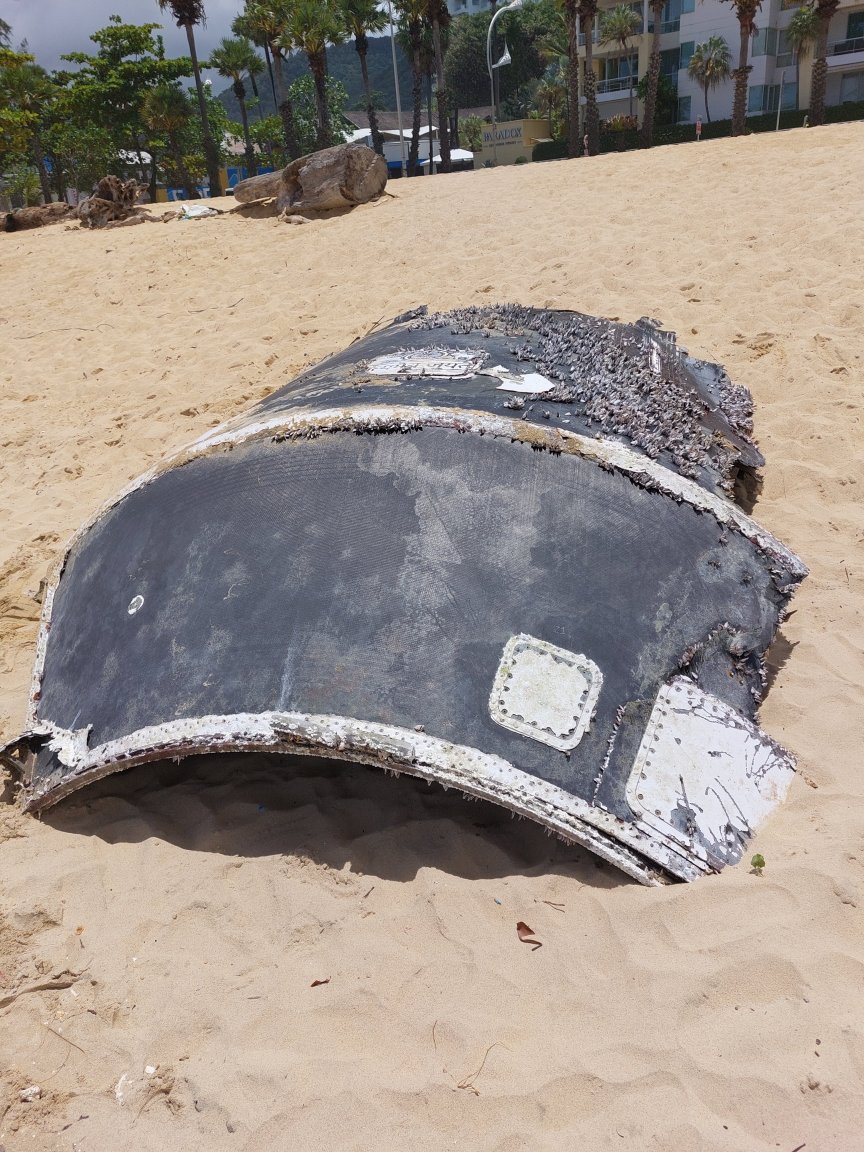
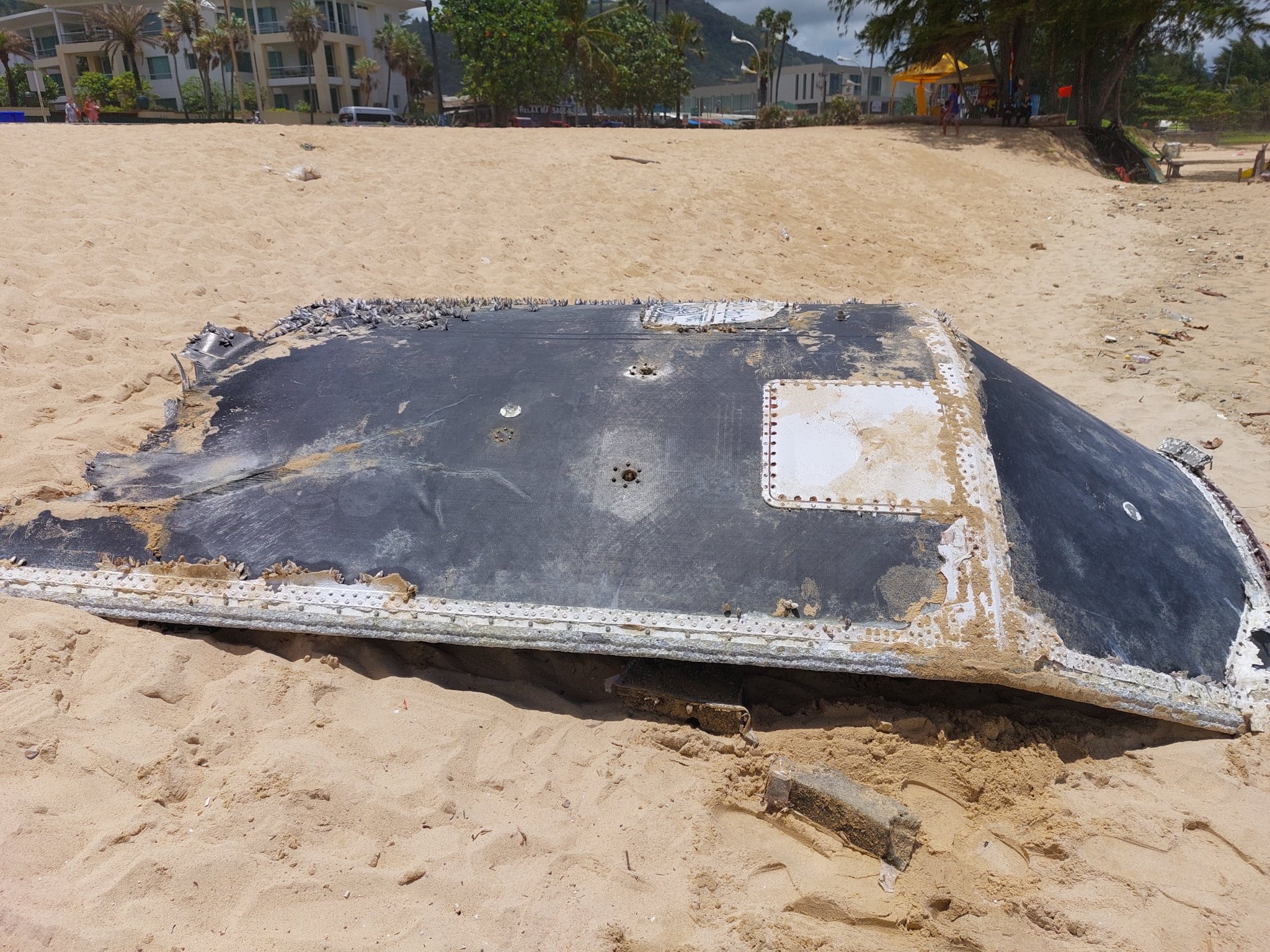
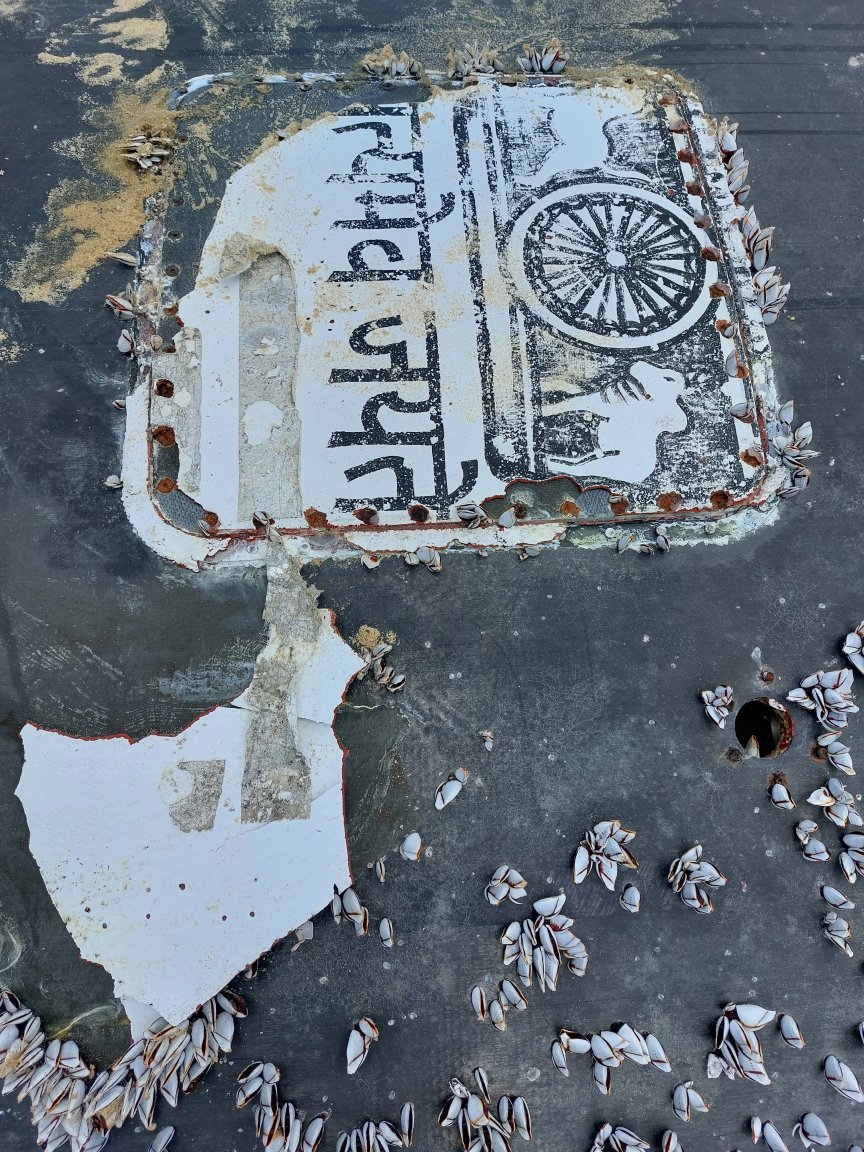

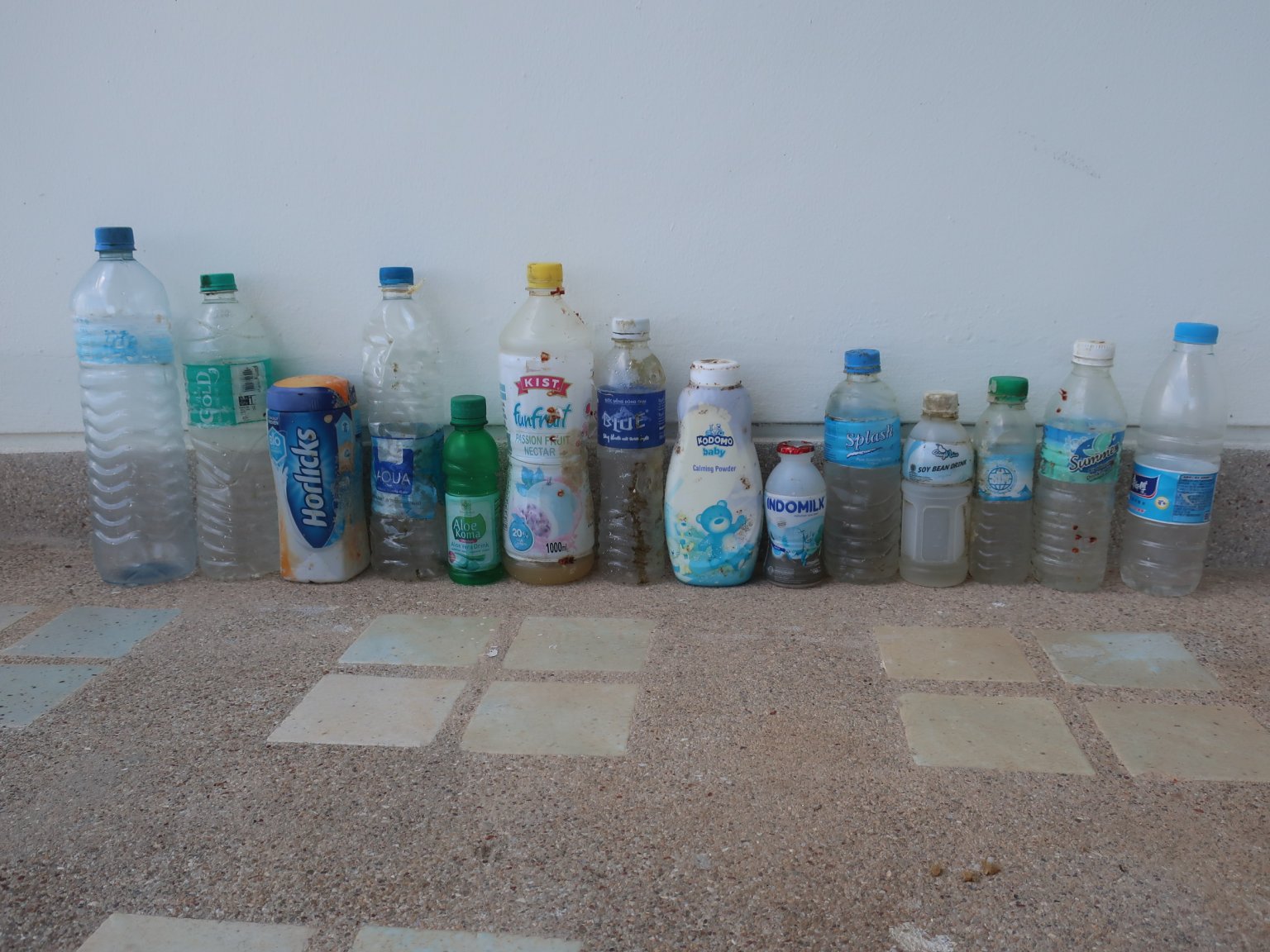



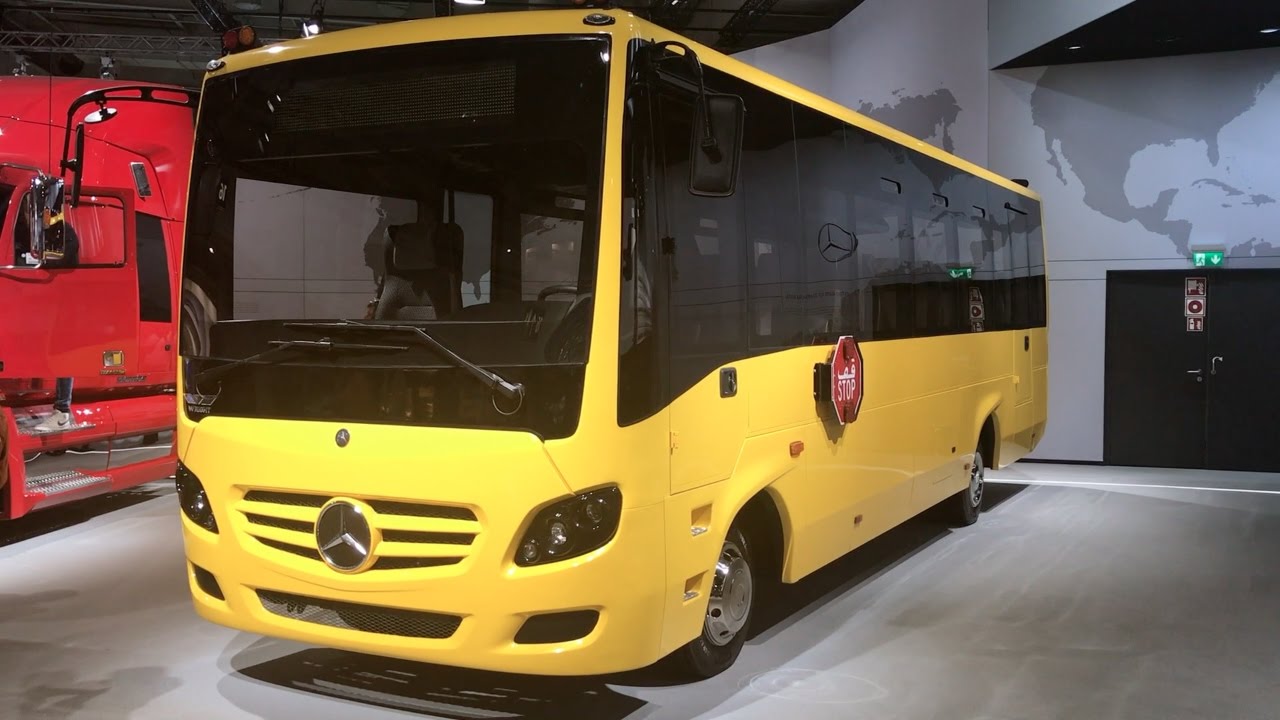
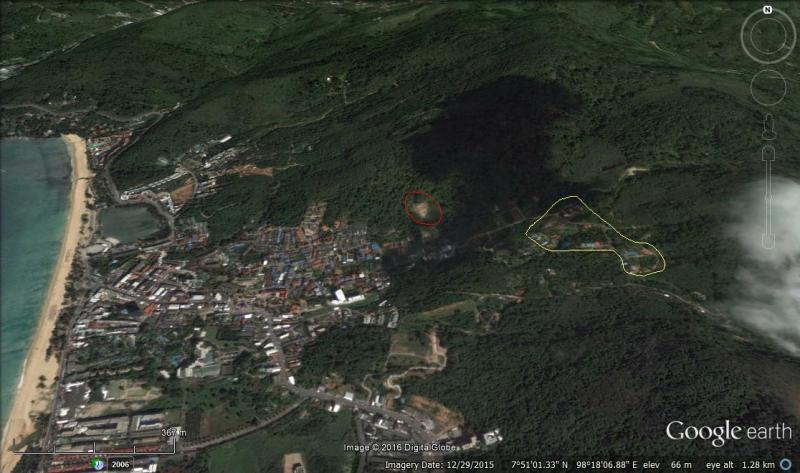
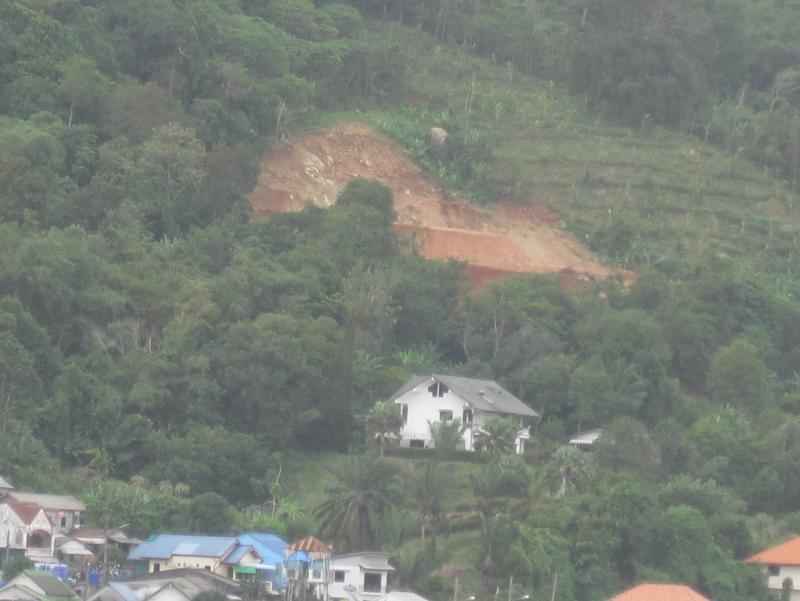

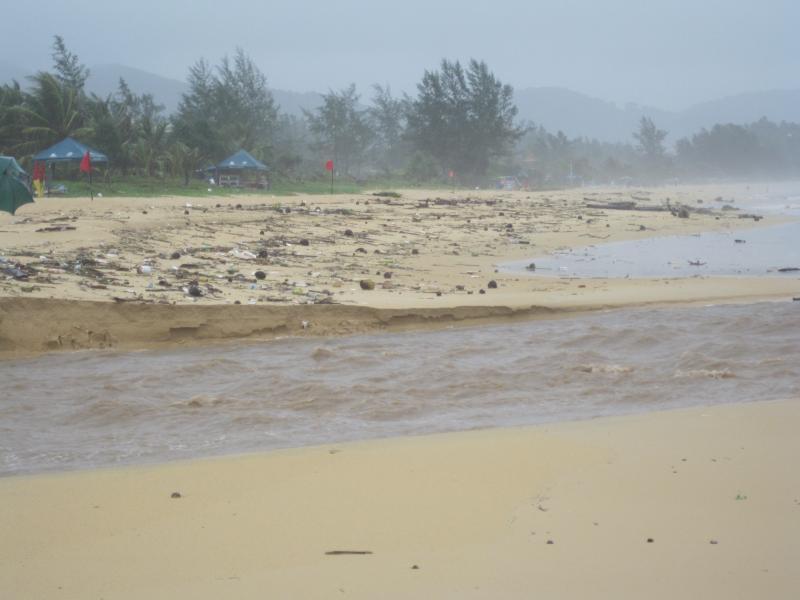

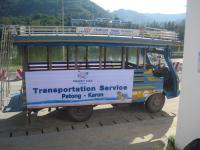
Phuket Tram Project Progresses Towards Completion
in Phuket News
Posted
Phuket light-rail bids set for mid-2020
PHUKET: Bidding for construction of the light-rail system in Phuket is likely to take place in the middle of next year, according to the Mass Rapid Transit Authority of Thailand (MRTA).
transporttourismconstruction
By The Phuket News
Monday 2 December 2019, 09:37AM
image: https://www.thephuketnews.com/photo/listing/2019/1575254277_1-org.jpg
Bids to start building Phase 1 of Phuket’s light-rail system are expected to open mid-2020, says MRTA Governor Pakapong Sirikantaramas. Image: OTP